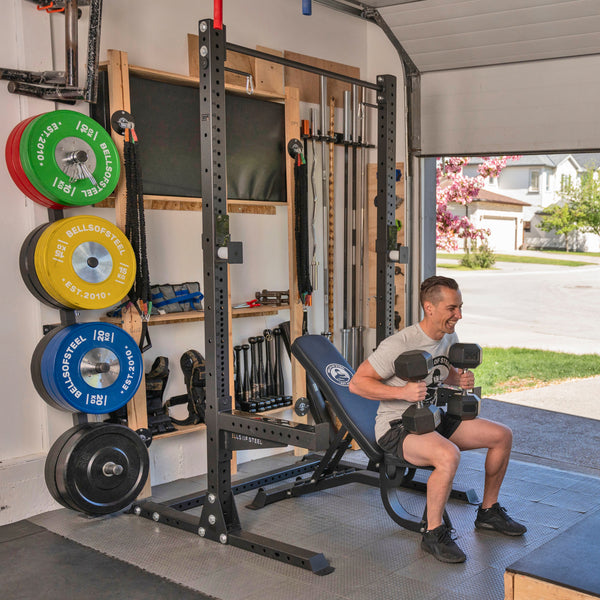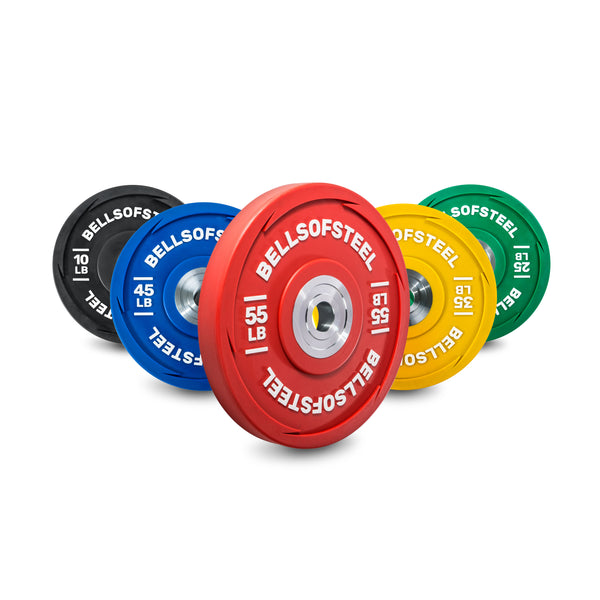So, you’ve decided to turn your basement into a personal iron paradise—congrats! But before you start throwing dumbbells into your cart, it’s time to talk numbers. How much does it really cost to transform that unused basement into a gym you’ll actually want to sweat in?
Spoiler alert: It’s not a one-size-fits-all answer. From the equipment you choose to the condition of your basement, a lot of factors can influence the final price tag.
But don’t worry, we’re here to help you break down the costs and avoid getting blindsided by unexpected expenses. Let’s dive in!
The Average Cost of a Basement Gym
When it comes to building a basement gym, you’re looking at a pretty wide range in terms of cost. At the low end, a minimalist setup could cost as little as $1,000, while a fully equipped, pro-level gym could set you back $10,000 or more. For most people, though, you can expect to spend anywhere between $2,000 and $5,000 for a decent home gym setup.
Here’s what that breakdown might look like:
- Basic Equipment (dumbbells, kettlebells, resistance bands): $500 - $1,000
- Power Rack (short version for low ceilings): $400 - $1,200
- Barbell and Weight Plates: $300 - $1,000
- Adjustable Bench: $100 - $500
- Flooring (rubber mats, tiles): $300 - $600
- Cardio Equipment (rower, air bike, treadmill): $500 - $2,000
This is just a ballpark range, but you get the idea. How fancy you get is entirely up to you—and your wallet.
Variables That Influence the Cost
Now, if you’re thinking, "Why the heck is there such a huge price range?" It's because several factors play into the overall cost of your basement gym setup. Here are some of the big ones:
1. Equipment Choices
Your equipment selection will be the largest factor influencing the cost. If you’re going all out with high-end gear or want multiple machines, the cost will naturally be higher. On the other hand, if you’re okay with sticking to free weights and a simple rack, you’ll keep the budget on the lower side.
2. Basement Condition
The state of your basement can also affect your costs. If your basement is already a finished, dry, and temperature-controlled space, congrats—you’re ahead of the game. But if it needs work (like installing insulation, sealing leaks, or adding proper ventilation), you’ll need to budget for those additional expenses.
3. Ceiling Height
If your basement has low ceilings, you’ll need to adjust your equipment accordingly. You can’t just throw a full-size power rack down there and call it a day. Investing in a short rack, like the custom 72" Hydra, can help maximize your space without limiting your workout options, but it may cost a bit more than standard racks.
4. Flooring
You don’t want to be dropping heavy weights directly onto concrete—unless you’re looking for a one-way ticket to Cracksville. Rubber mats or gym tiles are a must for protecting both your equipment and your floor. This could range from budget-friendly options to high-quality commercial gym flooring.
5. DIY vs. Professional Install
Are you the handy type, or will you be hiring professionals to help you set up? If you’re planning on doing a bit of remodeling—like adding new lighting or ventilation—you might need to factor in labor costs, which can easily add up.
Tips for Creating a Realistic Budget
Now that you’ve got a sense of what you might be spending, how do you put together a realistic budget for your basement gym? Here are a few pointers:
1. Prioritize Your Must-Haves
Before you go splurging on every piece of equipment you’ve ever dreamed of, make a list of must-haves versus nice-to-haves. Start with the basics like a power rack, barbell, weights, and flooring. You can always add more gear down the road as your budget allows.
2. Shop Second-Hand
Home gyms have become super popular over the past few years, and the second-hand market is booming. Platforms like Facebook Marketplace, Craigslist, and Kijiji can offer great deals on barely-used gym equipment. It’s a win-win—you save money, and someone else gets to reclaim their garage.
3. Invest in Multi-Functional Equipment
If space and budget are tight, look for equipment that can do double-duty. Adjustable dumbbells, a rack with pull-up bars, or a bench with incline/decline options can give you more bang for your buck.
4. Factor in Delivery Fees
Buying online? Don’t forget about delivery and shipping costs, especially if you’re ordering heavy equipment like a barbell or weight plates. Some retailers offer free shipping, but others may charge extra, so be sure to check before hitting the checkout button.
Watch Out for These Budget Busters
While it’s easy to get carried away with the excitement of building your home gym, there are a few caveats to watch out for:
- Underestimating Flooring Costs: Skimping on flooring is a bad idea. Proper gym flooring not only protects your floor but also your joints. Make sure you budget for enough mats or tiles to cover your entire workout area.
- Ignoring Ventilation: A well-ventilated gym isn’t just a nice-to-have; it’s a must. Don’t overlook the cost of fans, air purifiers, or even upgrading your HVAC if necessary.
- Impulse Buys: It’s easy to get carried away and start buying random pieces of equipment that you’ll never use. Stick to your list and avoid impulse purchases that will end up gathering dust in the corner.
Basement Gym FAQs
Q: How much should I budget for a basement gym?
A: For a basic setup, budget around $2,000 to $5,000. Of course, you can spend less or way more depending on your equipment choices.
Q: Is it worth investing in a basement gym?
A: Absolutely! A basement gym can save you money on gym memberships and give you the convenience of working out at home.
Q: Can I build a gym in an unfinished basement?
A: Yes, but you may need to budget for extra work like sealing, insulating, and adding proper lighting and ventilation.



